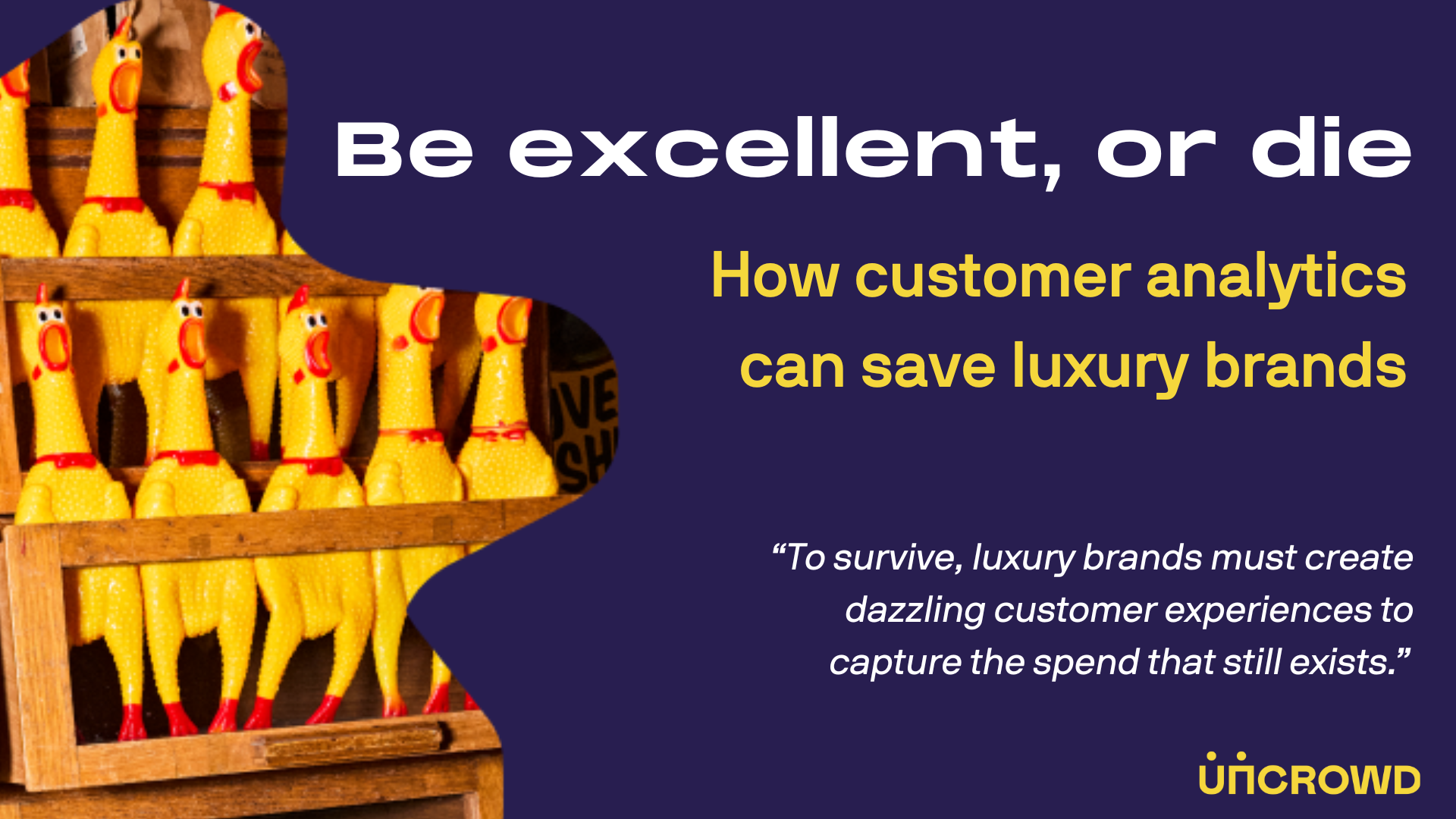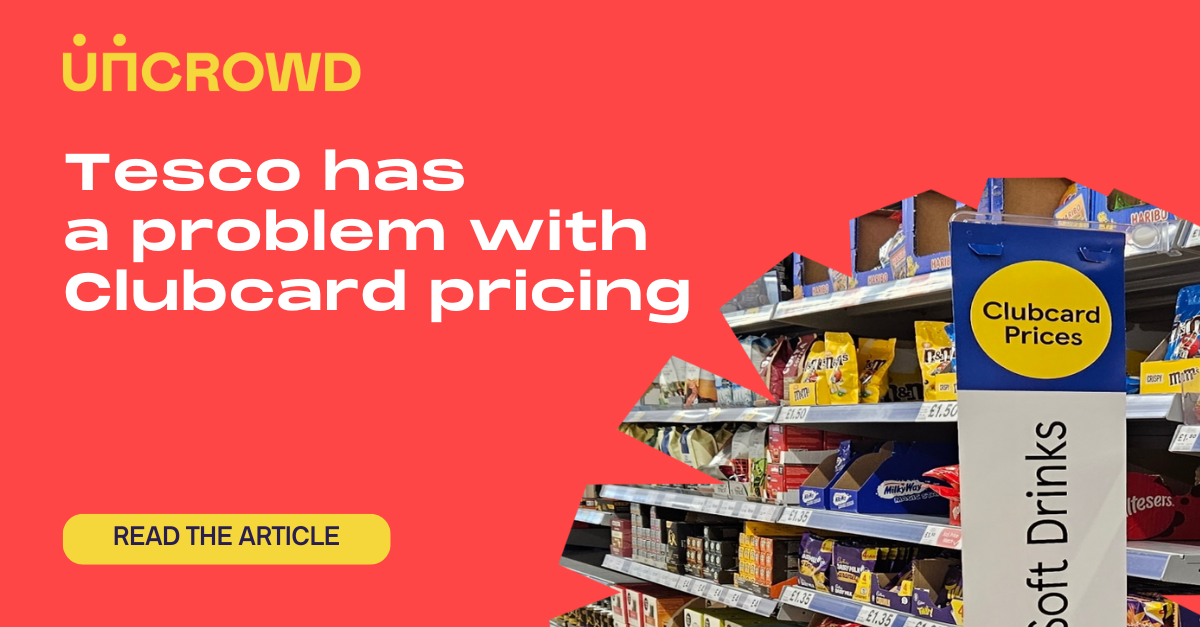What customers say vs. what customers do: fashion & sustainability (Part 1)

A sustainability story
One of the UK’s biggest apparel retailers has removed returns cards from their packaging and shifted returns admin onto their app. This decision was environmentally friendly, cost effective and easier for customers. It seemed a good combination of CX improvement and sustainable process.
However, the company scored badly when Uncrowd assessed how straightforward the returns process was for customers. Customers found it confusing.
The retailer had made sustainability changes with good intentions, but hadn't successfully communicated these changes, creating friction in the customer journey.
This disconnect is a key challenge facing retailers today.
- How do you join up sustainability measures with excellence in customer experience?
- How do you make sure changes that lessen environmental impact align with influencing more customers to choose you?
- How do you measure the relationship between sustainability and the bottom line?
How do you join up sustainability measures with excellence in customer experience?
The intention/action gap
Fashion retailers are increasingly being pushed to address sustainability by regulatory requirements and consumer desire for sustainable fashion.
But there is a big problem - consumer interest in sustainability is not necessarily reflected in consumer behaviour. There is a disconnect between what customers say about sustainability, and what they actually do about it.
In survey after survey, consumers say that sustainability influences how they shop. But the choices they make when they shop may not reflect that sentiment.
The question for fashion retailers: is sustainability an effective strategy for competitive differentiation?
What customers say
Consumer surveys report that the majority of customers think sustainability is important.
- McKinsey - "67% of consumers say the use of sustainable materials was an important factor in their purchase decisions."
- Economist Intelligence Unit - "71% rise in search popularity for sustainable goods over the five years leading up to 2021."
- Global Sustainability Study 2022 - "Globally, 85 percent of people indicate that they have shifted their purchase behaviour towards being more sustainable in the past five years."
- First Insight Inc - "73% of consumers under the age of 22 are willing to pay more for sustainable products."
This rise in awareness and interest in sustainable shopping is undeniable. However, these surveys only report customer sentiment, not customer behaviour. Surveys rely on customers self-reporting purchase behaviour and self-analysis of their own decision making. They don't take into account the actual factors influencing consumer behavior.
A fundamental flaw with using customer surveys to analyse any aspect of shopping behaviour is that humans are not good at analysing the motivations for our own actions – a series of cognitive biases get in the way. For example:
- Misremembering (the natural human bias towards preserving a positive mental image of ourselves by misremembering how we acted in the past)
- Choice-supportive bias (remembering the choices we made in the past as better than they were)
- Overconfidence (overestimating how strong-willed or noble we are)
- Status quo bias (tendency to maintain an existing choice even when better alternatives exist)
These biases are particularly relevant to sustainability, where consumers like to view themselves as responsible shoppers, and may be inclined to self-report sustainability as a more important factor in purchase decisions than it really is.
Uncrowd is on a mission to improve every customer experience on the planet through a unique combination of CX observation, quantitative measurement and comparative results. Our data is objective, empirical, and always shows your next best action.


